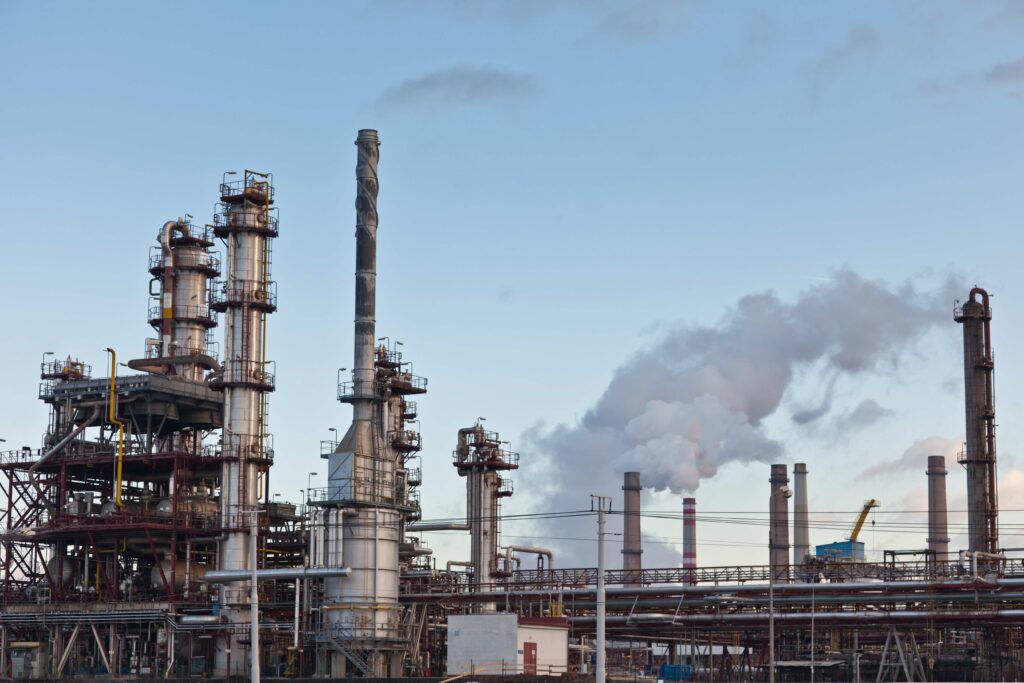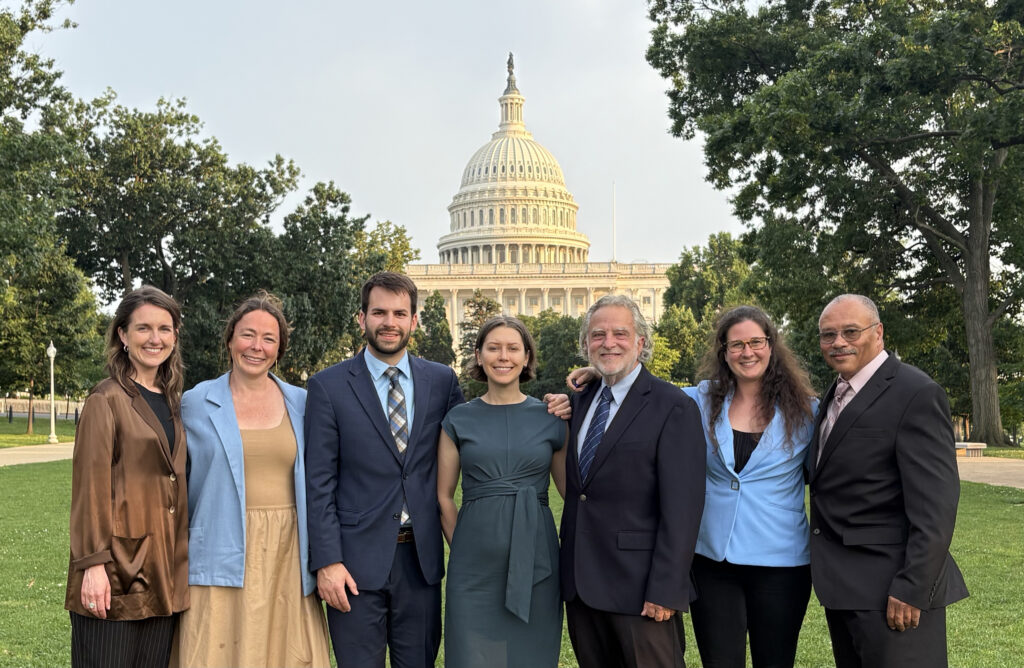In 2017, the chemical company OCI Global opened a fertilizer plant in Iowa after a deal that was notable from the beginning. Pitched as an opportunity to introduce competition into the highly consolidated fertilizer industry, the goal of this new plant was to decrease fertilizer costs for farmers and food costs for consumers. As such, the project was heavily subsidized by taxpayers through state and federal tax breaks, loans, and grants.
Just six years later, however, we’re seeing Koch Industries — the very competitor the Iowa plant was built to challenge — acquire the plant. If the deal goes through, taxpayers will have footed a $550 million bill to build the Iowa plant only for Koch Industries to reap the rewards.
Since there were no safeguards established to prevent larger companies from acquiring the Iowa plant, this outcome isn’t surprising. Like all the giant corporations dominating our food and farm system today, Koch Industries is always looking for the next opportunity to tighten its grip on the industry by buying out smaller competitors.
As the government funds major investments to boost competition in the fertilizer, meatpacking, and seed industries, Farm Action has been sounding the alarm: Without proper safeguards, the billions of dollars the government is investing will inevitably end up in the hands of the dominant corporations they are trying to challenge.
Big Fertilizer Is Already Too Big
The fertilizer industry is highly consolidated, with just a handful of corporations dominating each of the major fertilizer input sectors (nitrogen, phosphorus, and potassium). Economists agree that market abuses are likely to occur when the concentration ratio of the top four firms exceeds 40%. Our report on fertilizer industry concentration found that only four corporations — including Koch Industries — controlled 75% of the nitrogen-based fertilizer market in the U.S. in 2019.
The fertilizer industry is rife with market abuses due to this concentration. Our research found the dominant fertilizer corporations have used their market dominance to price-gouge farmers by tying fertilizer prices to commodity prices, instead of to natural market pressures. We have witnessed these corporations raise their prices under the guise of global crises, mounting costs, and supply chain issues — even though their own financial statements and skyrocketing profits refute these excuses.
These corporations are robbing farmers of their profits and driving up food prices for consumers. They shouldn’t benefit from the very government projects meant to curb their industry power.
Taxpayer Dollars Funneled to Koch Industries
Farm Action Local Leader Scott Syroka is on the ground fighting the Koch acquisition by bringing the facts about the Iowa plant’s funding to light. In his recent article, he points out that the project’s funding included $133 million in local giveaways, such as property tax abatement; another $112 million in state giveaways like corporate tax credits and forgivable loans; as well as an estimated $300 million in federal tax giveaways from the Iowa Finance Authority approving Orascom (OCI’s predecessor) for $1.2 billion in Midwestern Disaster Area bonds created by Congress after the 2008 floods.
Syroka hit the nail on the head: “If regulators approve the proposed Koch acquisition, then our tax dollars will have gone toward building a fertilizer plant owned by Koch—even though advocates argued a decade ago the deal was needed because there weren’t enough fertilizer plants not owned by Koch. The more than half a billion in taxpayer dollars offered to build the plant was intended to create jobs, increase competition, and drive down costs.” If the Koch deal goes through, “it would achieve exactly the opposite.”
Government Investments Doomed to Fail
Time after time, we see that simply throwing money into our consolidated food system is not the solution to the crisis at hand. As we discussed in a recent blog, a beef packing plant in North Dakota abruptly closed its doors after receiving more than a million dollars in state and federal grants and loans. Despite these investments, meatpacking and retail consolidation blocked the plant owner’s path to the market and ability to turn a profit.
Without proper supports and safeguards in place, these plant closures are inevitable across industries. And once they close, these plants will likely be bought out by the dominant players, ultimately handing over even more taxpayer dollars to giant corporations.
Safeguarding USDA’s Investments
In 2022, USDA made $500 million available under the Fertilizer Production Expansion Program to increase domestic fertilizer production. Due to program demand, the agency increased the funding available up to $900 million the following year. Investment capital is one of the main barriers to entry into the fertilizer industry, making USDA’s investments an important step in the right direction. But money alone won’t solve the problem.
USDA must ensure that its investments do not end up in the pockets of the same players who have been dominating this industry. While we appreciate USDA’s safeguard preventing firms that hold a market share greater than or equal to the entity holding the fourth largest share of that market from receiving funding, this doesn’t go far enough. To receive these grants, applicants should agree that if they sell their companies to large fertilizer conglomerates within 20 years they will return the grant money. More broadly, breaking up the agricultural monopolies dominating our food system and banning anticompetitive mergers will be a critical component to leveling the playing field for independent firms funded by USDA’s investments.
*This page was updated on January 16th to acknowledge USDA’s stipulation preventing the top four firms from receiving FPEP grants.
Written and edited by: Jessica Cusworth, Sarah Carden, Angela Huffman, Dee Laninga, Christian Lovell, and Joe Maxwell.




